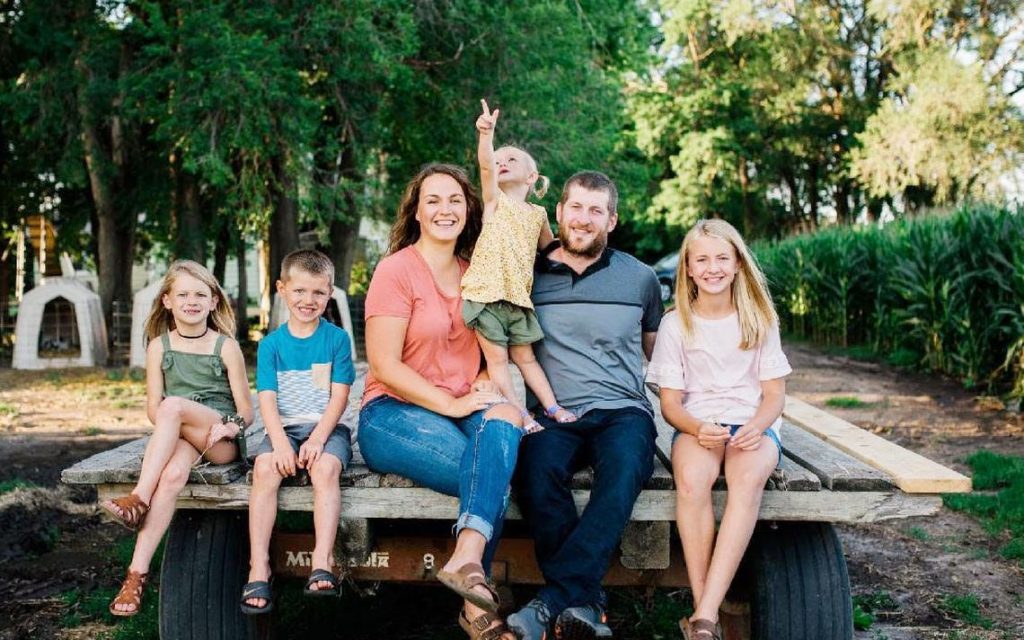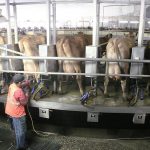
For a heart-stopping two months in 2020, dairy prices plummeted back to the grim levels that dominated much of the previous decade.
In April, farmers got $14.40 per hundredweight. In May, that slid even lower, to $13.60.
But several Douglas County dairy farmers say they have an ace that they lacked in the 2010s — the Dairy Margin Coverage program, a federal insurance program that they buy into and that pays them when milk prices don’t cover the cost of production.
“It’s been paying off good this year and last year,” said Kevin Roers, Sr., 59, who milks 150 cows in Brandon and Garfield. “It’s helped a lot. We’re not getting rich off it. But it’s making it profitable.”
The Dairy Margin Coverage program replaced an older program that dairy farmers had complained didn’t help them through the tough times. Douglas County lost many of its dairy farms in the 2010s. There are 37 licensed dairy farms in the county, down from 57 in 2018. In 2000, there were 202 Douglas County dairy farms, according to the Minnesota Department of Agriculture.
Milk prices have risen since those two nail-biting months in 2020, topping $20 per hundredweight several times. But feed prices are also climbing, as corn and soybeans reach prices that haven’t been seen since 2014.
Frank Klimek, 31, an Alexandria father of four, said the rising feed costs are one challenge he’s facing on his 50-cow dairy. He grows his own hay and corn, but buys soybeans, which are now above $14 per bushel.
Still, the insurance program has kept him solvent. He took over the dairy farm in 2019 from his dad, and he’s looking to build a new calf barn in the next five years and grow the herd if possible.
“It doesn’t cover all the loss but it sure helps out I guess,” Klimek said.
David Waldvogel milks 90 cows in Osakis and said he never thought about closing the dairy when times were bad, but it’s nice to have the funds to do things like replace an older tractor with a newer used tractor.
Without the Dairy Margin Coverage program, Roers said, “We’d still be going but it wouldn’t have been as profitable. We’ve been able to buy some new equipment that we probably wouldn’t be doing without the program.”
His favorite new piece of equipment? A big square baler, which has taken over the job of their small square baler.
“We can bale a lot of hay in a short time,” he said.























